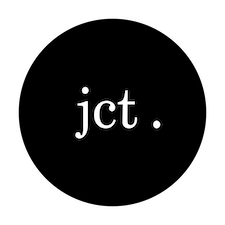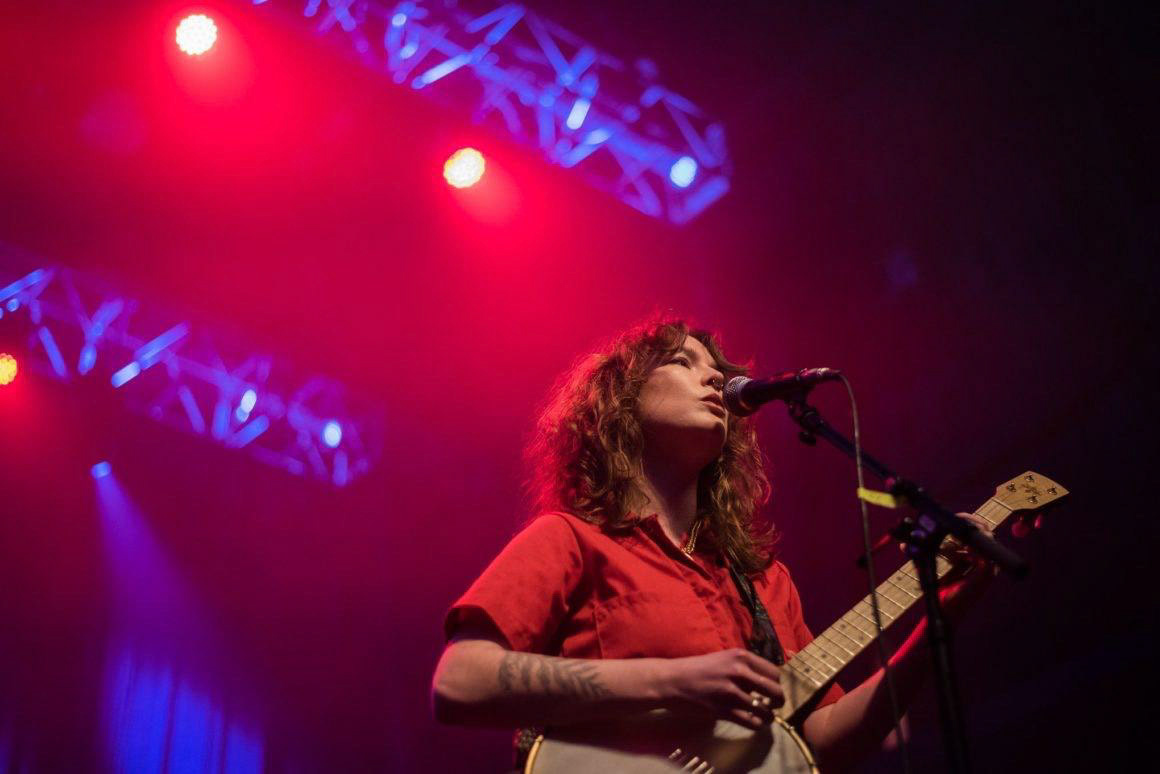
Taylor Holland, photo by John Hutchings
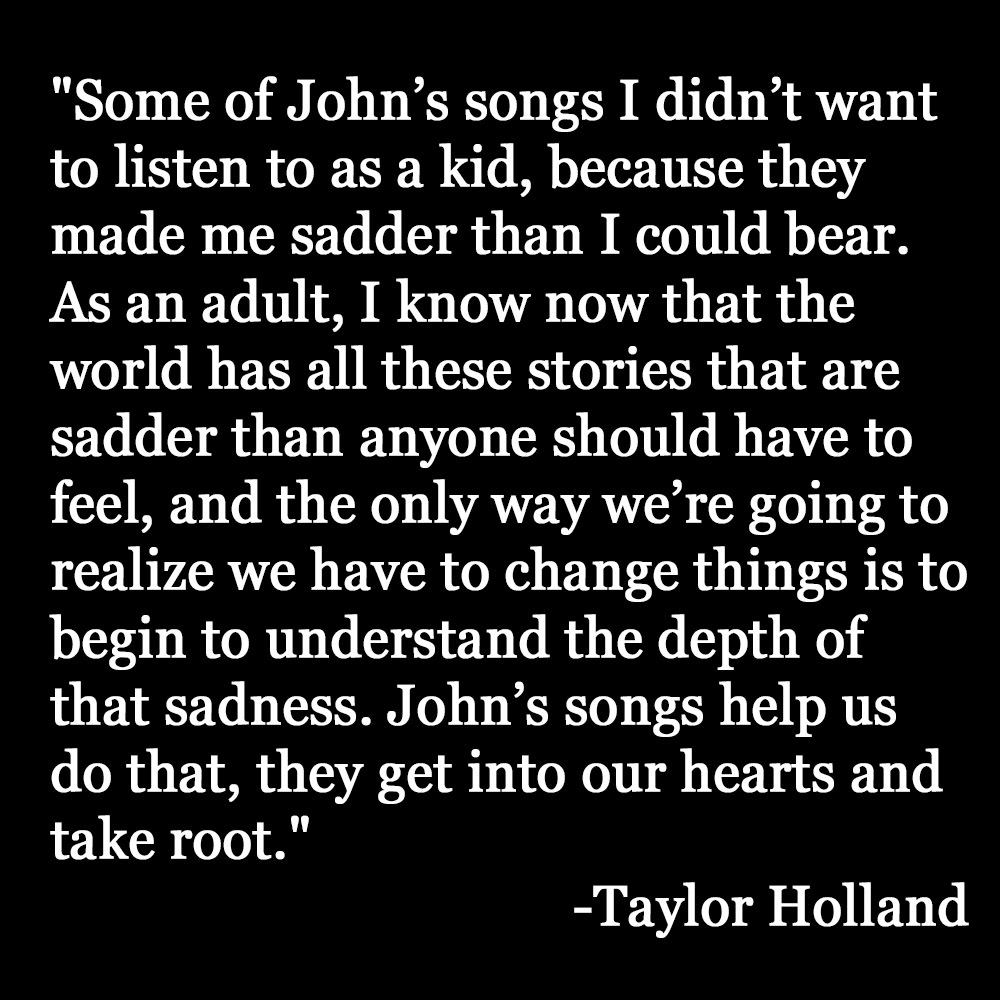
By Molly Papows
John Prine’s music only came into my life when I was ready for it. One day, after years in my periphery, his songs just cracked wide open and drenched me in heartbreak. “Angel from Montgomery," "Speed of the Sound of Loneliness," "Bruised Orange (Chain of Sorrow)" — he was the ultimate storyteller, and I'm not equipped to mine the depths of just how wildly good he was. Since his death of complications of the coronavirus on April 7th, all I’ve wanted is to crowd into a room with other people who loved his music and wade deeply into those songs. His loss has reverberated across the music community, and Brian Carroll (Red Line Roots) and Chrissy Stewart (PVDlive) have managed to pull together a tribute with the help of sixteen additional artists sheltering at home from Vermont to Rhode Island.
Red Line Roots is a digital publication that covers folk, rock, bluegrass, and Americana music across New England with concert photography, album reviews, music videos, and most recently a podcast. Brian Carroll and Ken Templeton have poured their hearts into this work for seven years, and their love for this community is infectious. I've discovered some great music through them, and am always excited to see their coverage of artists I already know and admire. Their intimate video series The Old Spruce Sessions often feels like sitting in the middle of the most on fire late-night picking session imaginable (some of my personal favorites are here, here, and here). I'd been planning to shadow one of Brian's Vermont recording sessions for a story this spring, but of course that quickly became impossible. Instead, Brian reached out to let me know about this project, and we were able to chat over Zoom the night before it dropped.
Molly: What does John Prine’s music mean to you?
Brian Carroll: I started playing music at a pretty young age. I bought a guitar when I was twelve with money from a paper route, and at that point in time it was just playing in punk bands, digging into Green Day or Nirvana covers, stuff like that. It wasn’t until I got out of undergrad that I started taking songwriting more seriously. A friend of mine at the time was running a series called For the Sake of the Song. The first one was a tribute to Townes van Zandt, and then he started going through different songwriters and he asked me to be a part of the John Prine tribute.
I’d known of John Prine, he’s always sort of been on my radar, but that was the point — about a decade ago now —when I really started to dive in a bit deeper. There’s just no pretense there, he writes what he sees. There’s actually an anecdote about him writing “Fish and Whistle,” where he hadn’t written a song in a really long time, so he decided to literally write about whatever he saw on the street that day. He’s able to paint pictures of the characters in his songs with this great sense of empathy and candor, even when the words aren’t so obviously about him. I think the prime example is the first line of “Angel from Montgomery.” “I am an old woman named after my mother,” and, obviously, he’s not.
Molly: And it’s crazy to realize he was only in his early twenties when he wrote that song.
Brian: Yes! His ability to… no matter what the topic is, he has an ability to make you relate and to glean some special piece of everyday life, and that’s always struck me; that songs can be normal, that there doesn’t have to be a super deep metaphor. You can have a straightforward description of what’s really going on, and that can be a really, really great song. And ever since then, he’s the go-to for me. That’s how I first became borderline obsessed with him.
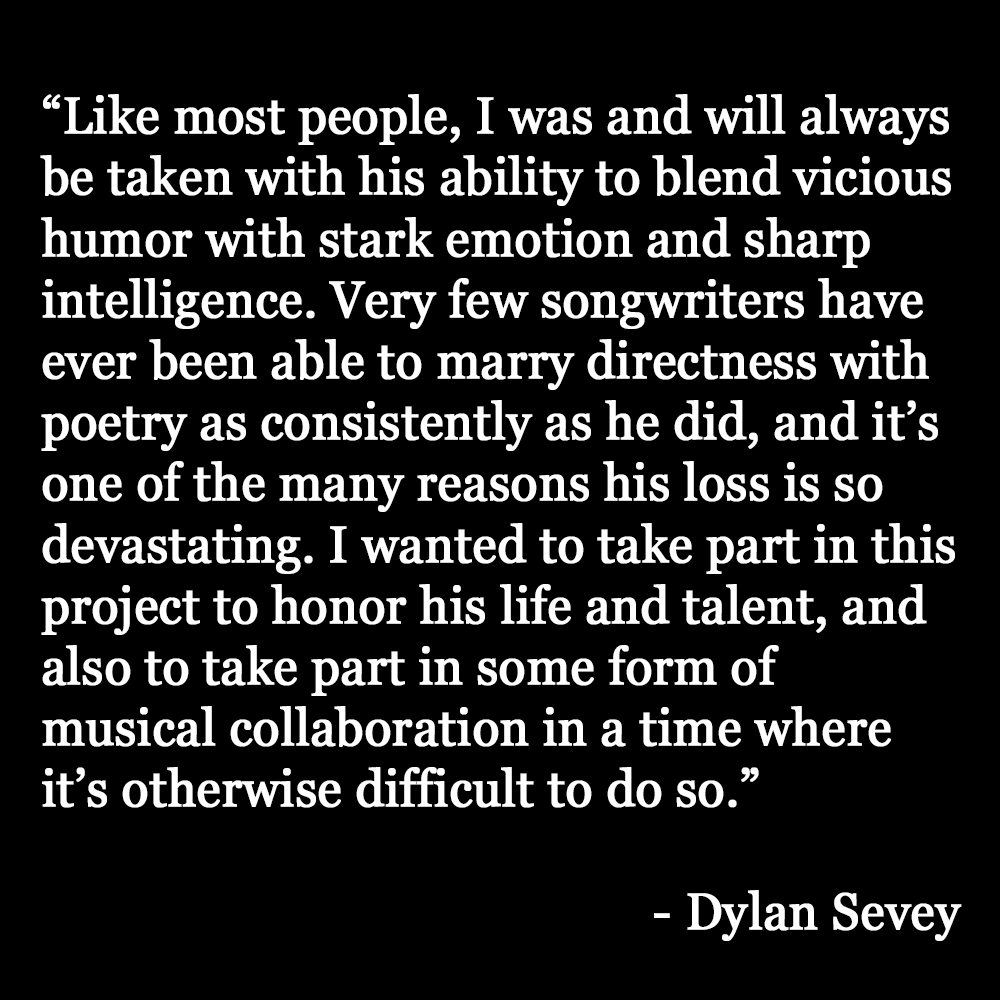
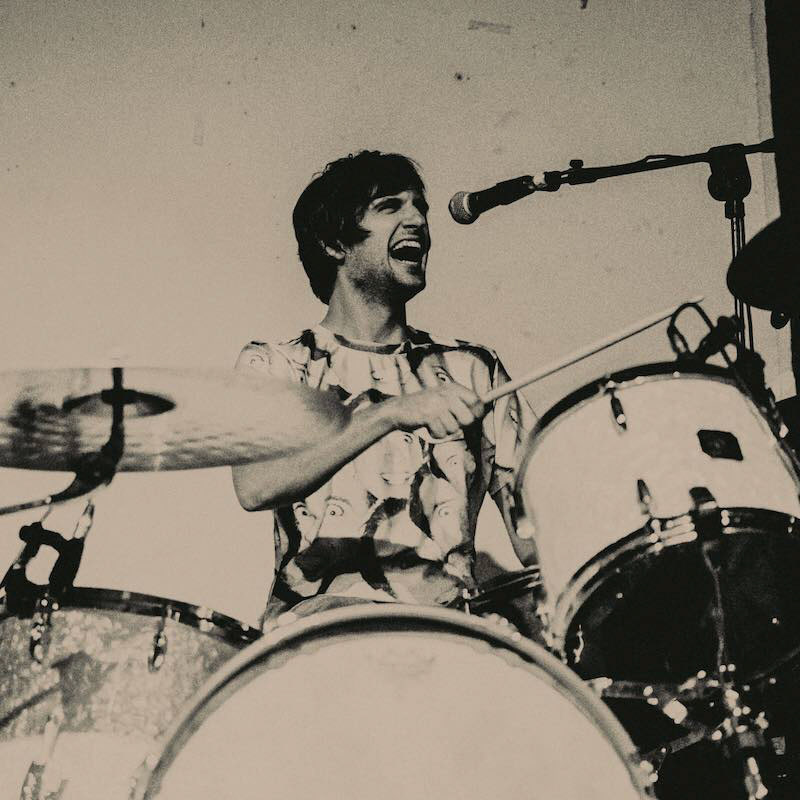
Photo courtesy of Dylan Sevey
Molly: It's hard to think about John Prine without remembering the joy he clearly took in collaborating with other musicians; it aches even more to have lost him in a moment when it's impossible to play his songs together. I remember going to a few shows in Boston a week or so after Tom Petty died, and every cover of one of his songs brought this wonderful, cathartic energy into the room. I want that moment for John Prine. How did you first dream up the idea for this project, even while we’re all stuck at home?
Brian: At Newport Folk Festival three years ago, the last songs of the entire weekend were from John’s set, and he invited all of these musicians up on stage to sing “Paradise” with him. It was everyone from Margo Price and Jim James and Roger Waters to some of my best friends, Zach Schmidt, his fiancée Jackie, James Maple… There they all were standing up there with John, shoulder to shoulder with their arms around each other. I was lucky enough to be up on the scaffolding looking down on the stage and out over the harbor as everyone listened, and it was a very intense moment that I think will stick with me forever. And so that’s the spirit I wanted to capture. I was sitting here in this room listening to his songs again. I had put out a cover of one of his songs when he first got sick, but I was missing that sense of community, and I thought that if we can’t all be on a stage together, this seemed like the next best thing.
And I had no idea how it was going to go. I sent out a scratch vocal track and a scratch acoustic guitar track so people had something to respond to, and then it ended up being seventeen people. I got in touch with my friend Chrissy Stewart, who has a very similar mindset to me but is more embedded in the Providence area and had started her own publication down there; I thought it might be a good opportunity for us to collaborate and to make this bigger. We tossed some emails back and forth, and then all of the videos and audio tracks started coming in, and I worked to piece them together.
Molly: You and I were originally going to talk about The Old Spruce Sessions, which of course isn’t possible right now, but we are seeing more of these long distance musical collaborations spring up. Can you talk a little more about how all of this works? I can’t imagine how many hours it took to wrangle all of the audio components. How does it all come together?
Brian: Yeah, it was a lot of work! With The Old Spruce Sessions, that really is just a moment in time. Most of the videos are one take, and I’m trying to capture a sense of intimacy in these strange, off-stage kinds of places. I’ve shot them everywhere from a friend’s barn to the middle of a field at a festival to — my favorite and probably the strangest one with my friend Dan Blakeslee — on a pond in a canoe. But in those situations, it feels like there’s a lot more control, even if it’s out in the woods. I typically already have a sense of what the vibe is going to be, and I have a plan for the camerawork.
With this, it was everything from people using pretty decent mics and having an alright setup, to someone going out to the alleyway between apartment buildings and filming on their phone. Suddenly there are cars going by. There’s a lot of wind noise. The editing process was pretty in-depth because of that. Just… hours of trying to pull air noise out of a room, and make something sound comped and EQed in a way that fit with everything else.
I think in the end, though, it’s not meant to be this completely plastic, packaged thing. It’s really just about singing together and trying to find a way to honor someone who means so much to so many people, people who took the time out of their day during such a difficult period.
Molly: Is there anything that really pleasantly surprised you about the process?
Brian: Yeah, I think that it was all just surprisingly organic. The people who really wanted to have a bigger stake in it got back to me right away, and I was able to get a head start there. Taylor Holland from Hawthorn got back to me almost immediately and asked if she could do a banjo track and a vocal track. And of course I said, “Yes, absolutely!” Ben also got back to me really quickly and said he wanted to do an accordion track in addition to piano. I was like,“Go for it!” So that stuff really built things out and made the track more robust right off the bat. Others opted to only sing choruses, so we came to this natural, organic arc where it starts really sparse and then builds up to everyone at the end singing together.
Molly: I’ve been thinking a lot about the New England music community through all of this. How are you doing, and how are you finding ways to stay connected?
Brian: I’ve been trying to make an extra effort to reach out to the people I talk to on a regular basis, but also some of the folks I only see at a few festivals a year, to make sure they’re doing alright. I have a day gig, I’m not a full time musician; I don’t depend on a club being open or on being able to tour, and I’m very conscious of that fact. I’ve just been trying to reach out to let people know that I’m here and want to offer whatever support I can. Hopefully that eventually means being able to do more photos and videos for folks at no cost, whenever that’s safe again. But really, it’s about any kind of human connection, even virtually, which was the purpose of this project in the end.
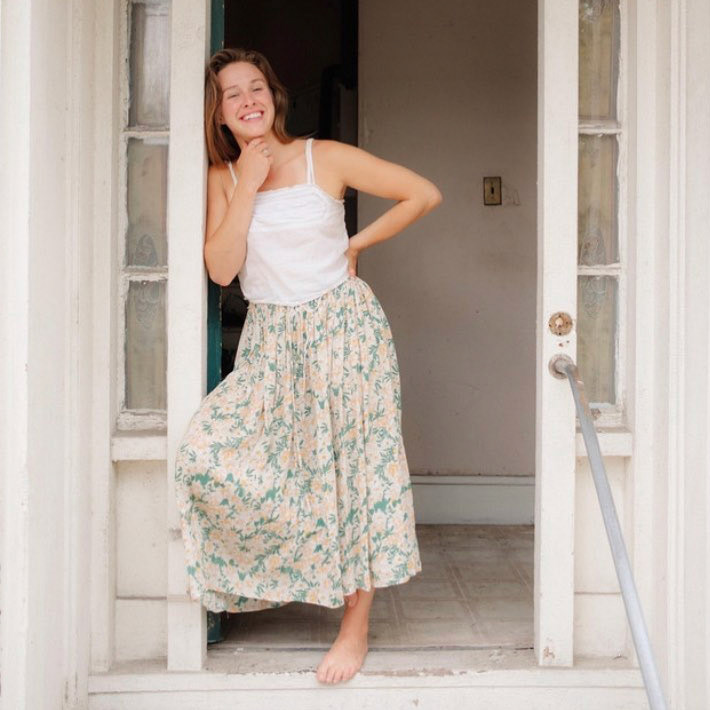
Photo courtesy of Chrissy Stewart
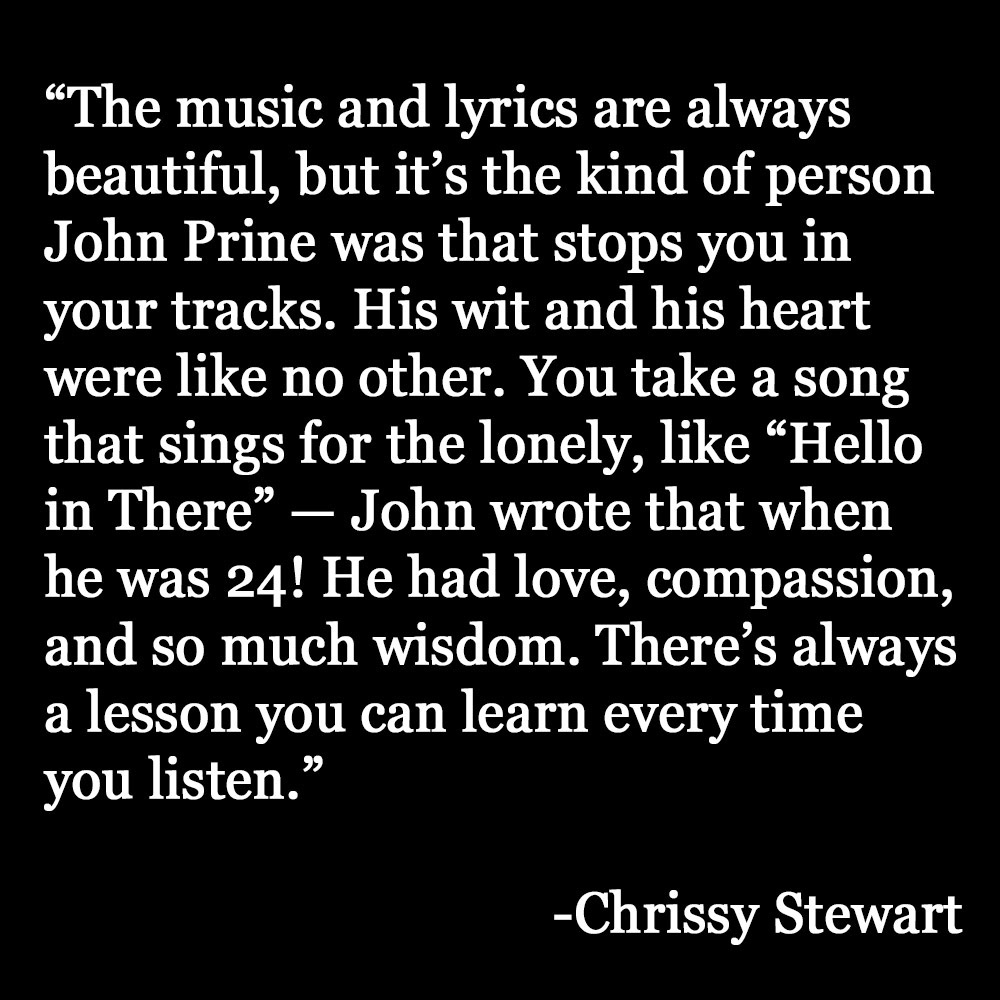
Full List of Contributing Artists:
Taylor Holland - vocal, banjo
Brian Carroll - upright bass, acoustic guitar, vocal
MorganEve Swain - fiddle, vocal
Jake Hill - vocal
Chrissy Stewart - vocal
Ben Cosgrove - piano, accordion
Prateek Poddar - vocal
Russ Connors - vocal, acoustic guitar
Dave Richardson - vocal, dulcimer
Bobby Britt - fiddle
Emily Mure - vocal
Izzy Heltai - vocal
Dylan Sevey - vocal
Michael Panico - vocal
Julie Rhodes - vocal
Tracie Potochnik - vocal
Ethan Setiawan - mandolin
Brian Carroll - upright bass, acoustic guitar, vocal
MorganEve Swain - fiddle, vocal
Jake Hill - vocal
Chrissy Stewart - vocal
Ben Cosgrove - piano, accordion
Prateek Poddar - vocal
Russ Connors - vocal, acoustic guitar
Dave Richardson - vocal, dulcimer
Bobby Britt - fiddle
Emily Mure - vocal
Izzy Heltai - vocal
Dylan Sevey - vocal
Michael Panico - vocal
Julie Rhodes - vocal
Tracie Potochnik - vocal
Ethan Setiawan - mandolin
May, 2020
Molly Papows is an art historian based in Lebanon, NH. She has an MA in the History of Art and Architecture from Boston University and ten years of experience working in encyclopedic fine art museums. She is also interested in the many ways an artist can tell a story across disciplines — from fiction and nonfiction to poetry, landscape architecture, and music.
